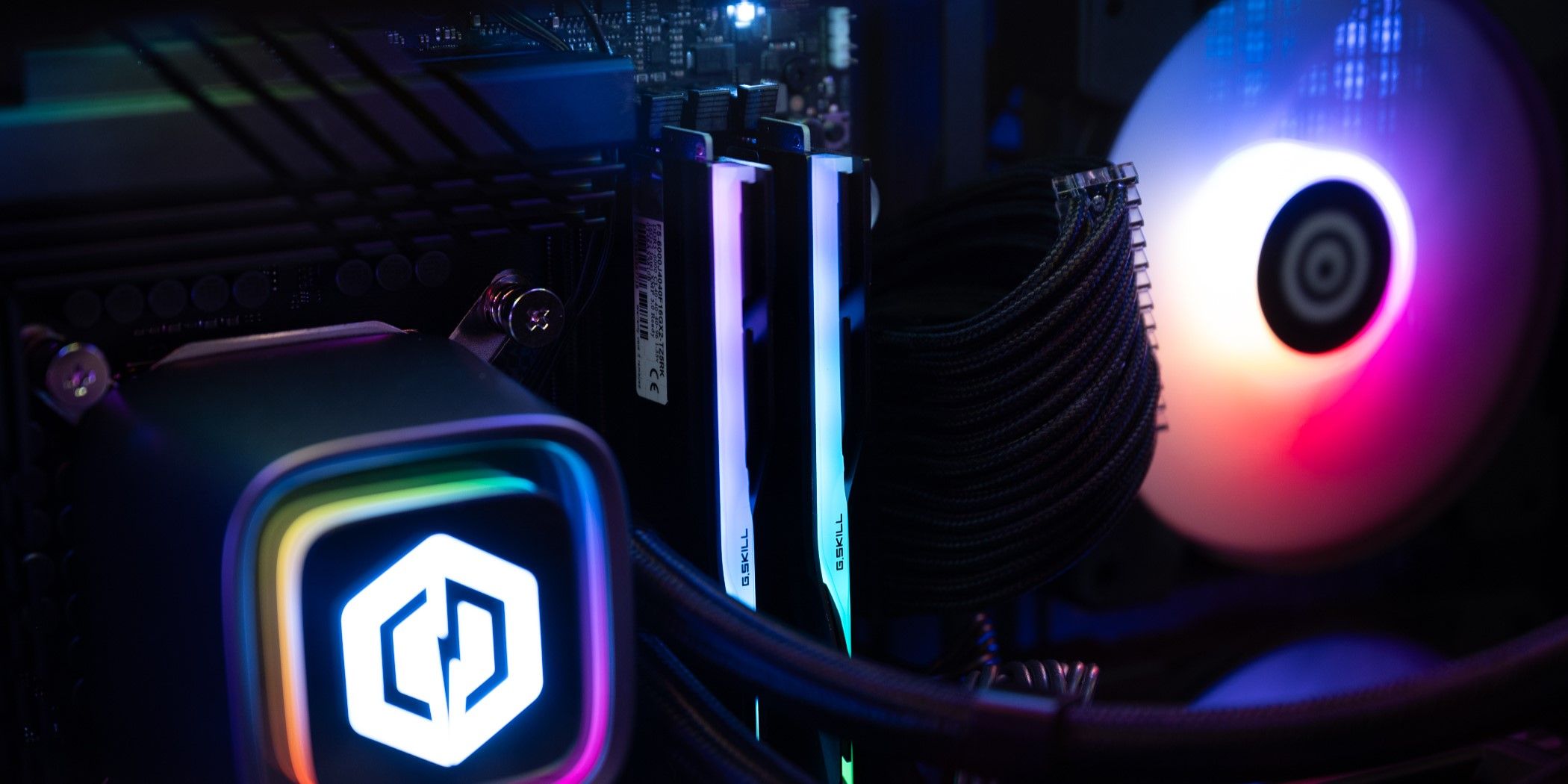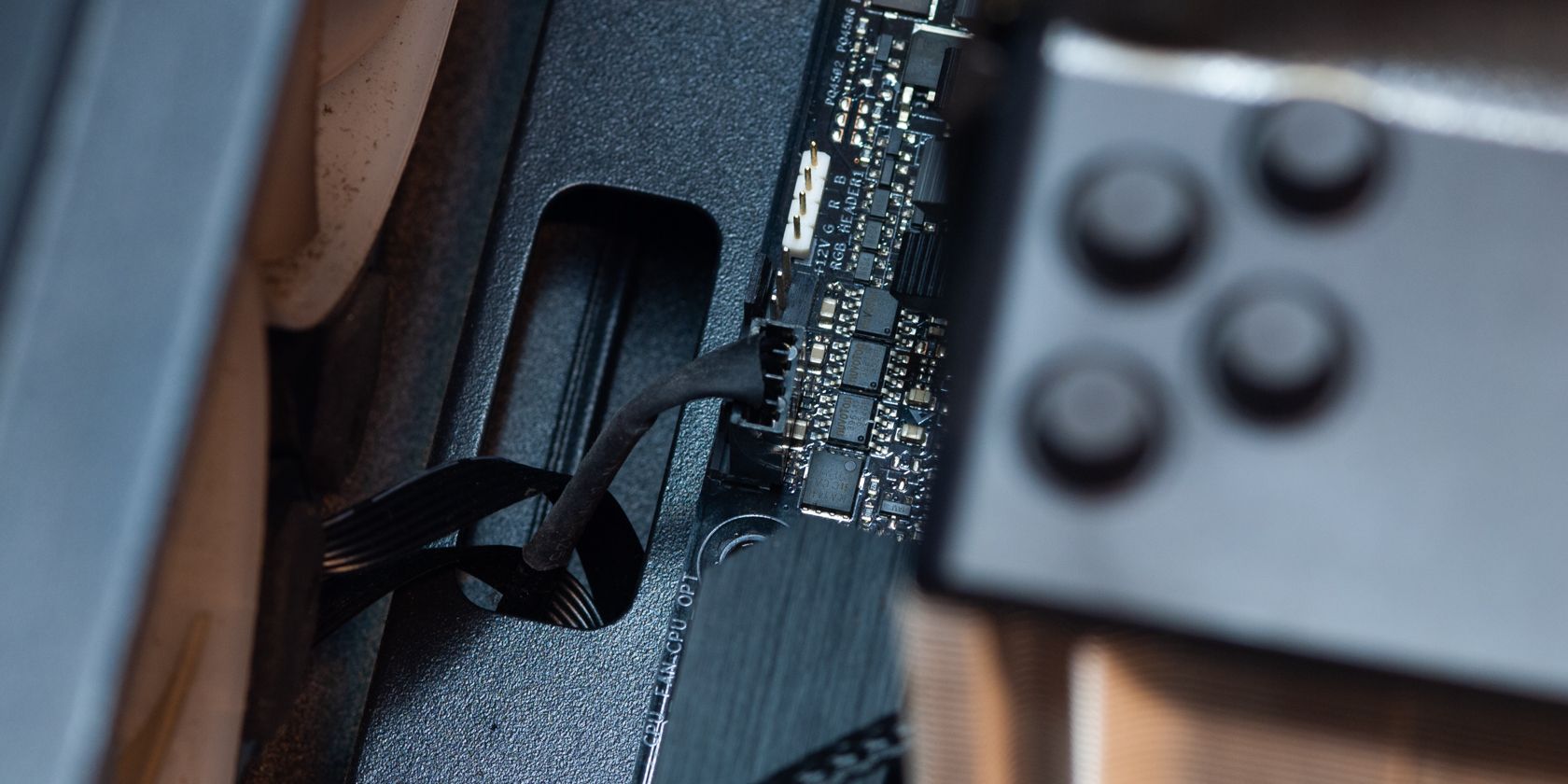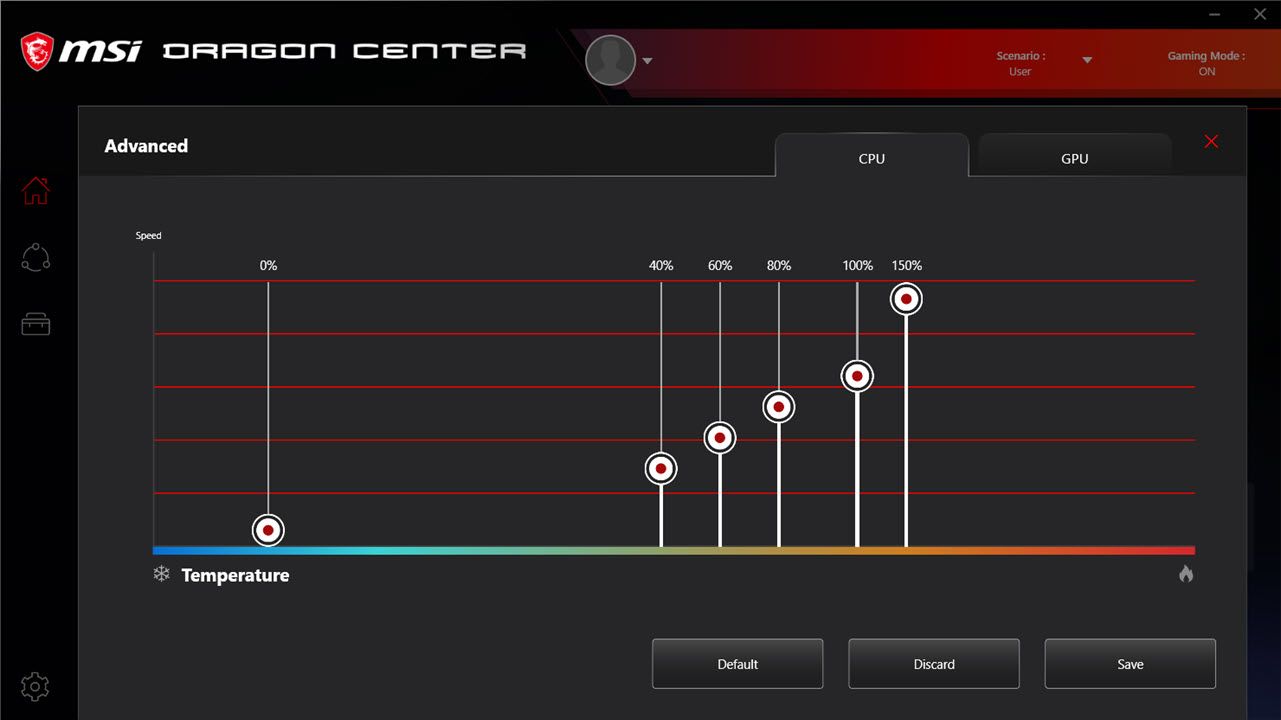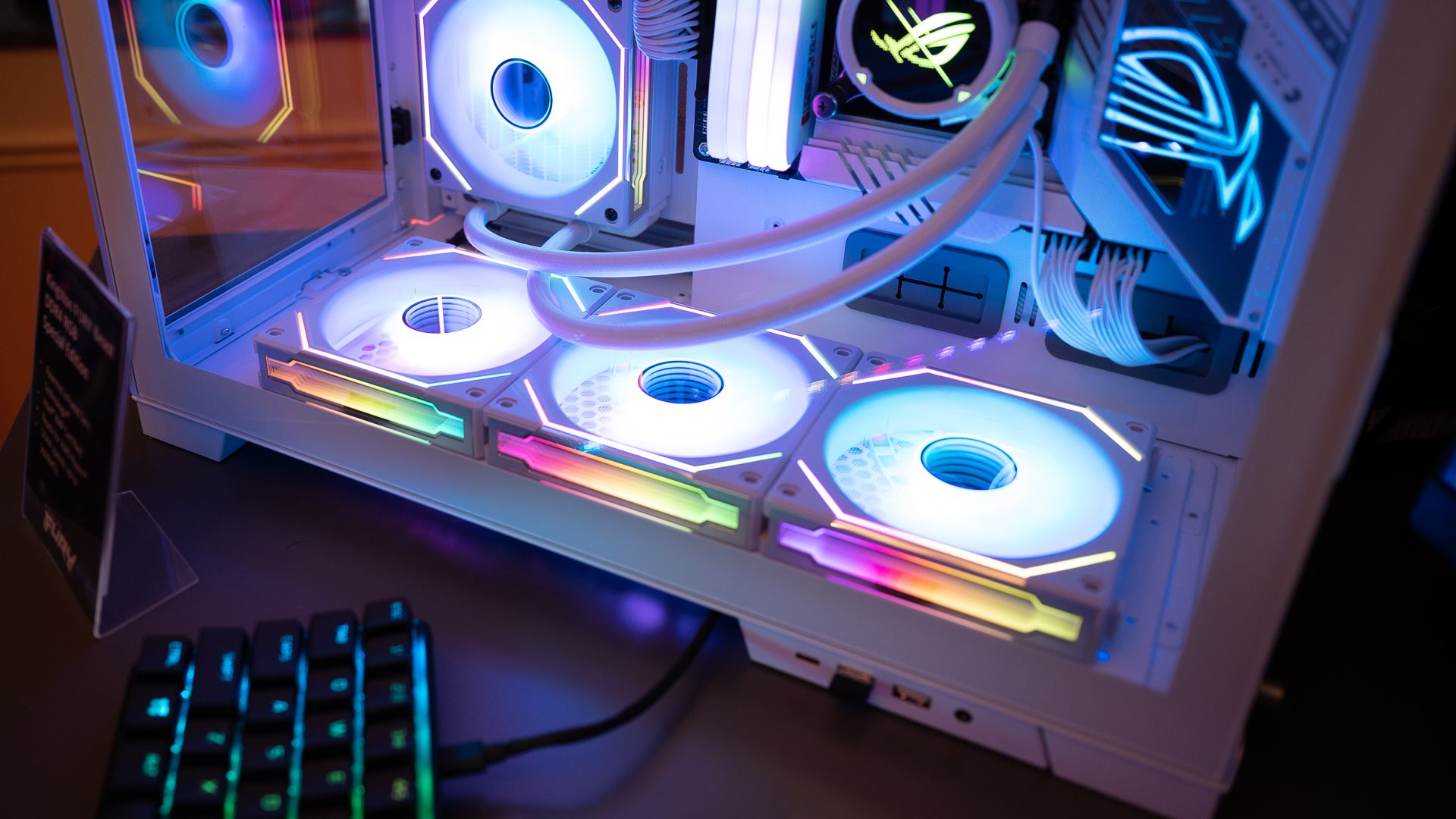
PC Fans Running at Full Throttle? 6 Fixes
Key Takeaways
- Fans running at full speed can indicate software issues or blocked vents, potentially wearing them out faster.
- Check internal temps, clean vents, check background programs, and fan connections before seeking new fans.
- Adjust fan curves, install required software for auto control, or replace fans to maintain optimal performance.
PC fans are among the most important bits of hardware, vital for keeping your system internals nice and cool. They usually just do their job in the background, and you likely won’t even hear them kick in unless your computer is under significant strain.
However, some issues can cause your fans to go full throttle the entire time, which, unless you’re okay with the noise and your fans wearing out, is not a good thing.
Why Your PC Fans Run at Full Speed
There are several reasons why your PC fans might keep running at full tilt for prolonged periods. Assuming everything is alright with your computer, the most common reason is an incorrectly connected or broken fan header.
Alternatively, you may have a software issue keeping your fans locked at full speed. This can range from misconfigured or missing fan control utilities to a program occupying system resources in the background.
Finally, some might think that their fans running faster than required isn’t an issue, but it is. While it’ll keep your PC comparatively cooler, all or even some of your PC fans running at full speed all the time will wear the fans out much quicker, aside from making your PC sound like a jet engine.
How to Stop Your PC Fans Running at Full Speed
Luckily, this isn’t a very difficult thing to fix. With a few checks here and there, you should be good to go.
Check Internal Temperatures and Clean Air Vents
The first thing to do is check your air vents. High-spinning fans are the first indication of a PC running hot. If you’re experiencing high CPU or GPU temperatures on idle or regular loads, there’s a good chance that either of the following is causing it:
- The air vents are blocked off, causing poor ventilation inside the PC case.
- The CPU thermal paste or heatsink isn’t doing its job well.
- Issues with the CPU or GPU fan itself.
In any case, overheating internal components are not good. While there’s bound to be some heat when running heavy loads, you need to know how hot is too hot for your hardware. Dusting off your fans and air vents should fix the problem to a great degree, while there are other specific fixes for an overheating GPU.
If that doesn’t fix the problem, you can try to reapply your CPU’s thermal paste and GPU’s thermal paste. Remember to clean the old thermal paste off first! You can also reapply thermal paste on some laptop models, but it’s typically a more advanced procedure due to the nature of laptop manufacturing. Your best bet is to complete an internet search for “[laptop name/make/model] reapply thermal paste,” which will give you a good idea if it’s possible with your laptop.
Once you’re back up and running, you can keep an eye on your CPU temperatures to watch out for any such issues in the future.
Check Background Programs
Another reason your fans might be going into hyperdrive is that too many background programs are running on your PC, eating up system resources. This can cause a high system load, causing your fans to spin up faster.
On a Windows machine, the easiest way to tackle the problem is to fire up the Task Manager and look at the background processes running on your system. Close any processes that aren’t system-critical. That should help reduce the load on your PC, slowing down the fans in the process. You could also disable certain background apps in Windows 11 to further reduce the load.
Check Fan Connections on the Motherboard
DC and PWM fans are very different, and depending on which ones you have in your PC, you’ll need to wire them accordingly. Most fans come with a four-pin header allowing PWM (pulse-width modulation) control via software. This ensures your CPU, GPU, and other case fans run according to the computer’s internal temperature.

Check your motherboard to see whether your fans are plugged into the right headers. While the GPU usually controls its fan modulation, your CPU fan needs to plug into the correct header on your motherboard (generally labeled as the CPU fan header). This also holds true for the case fans, regardless of whether you’re using a fan controller or plugging it directly into the motherboard.
If you’re sure all fan headers are plugged in correctly, you can also check your BIOS to see what mode your fans are running in. Some manufacturers set the fans to run fans in DC mode instead of PWM in the system BIOS, meaning your fans will be running full tilt for no reason.
Check Fan Curves
Next, it’s also a good idea to check your CPU and GPU fan curves. Most motherboards or laptops come with some sort of manufacturer system utility software that lets you set fan curves that change the fan speed based on the CPU or GPU temperature.

Alternatively, you can use a third-party tool like MSI Afterburner or Fan Control to manually set fan speeds and create a custom fan curve to ensure they run optimally instead of going full tilt all the time.
Install Manufacturer Software for Automatic Fan Control
Just like you need drivers for different components in your PC, you may need manufacturer software (typically from the motherboard manufacturer) to enable automatic fan speed control. It might not be the case, but installing recommended CPU/GPU or fan monitoring software from your motherboard or laptop manufacturer can save the hassle of downloading multiple third-party programs.
It often comes with built-in presets for fan speed modes, allowing you greater control over your fans at the press of a button. A few examples of such programs include Dragon Center by MSI, Armory Crate on ROG laptops, iCue for Corsair fans, and so on.
Get New Fans
If nothing else works out, you may have faulty fans that require replacing. Hopefully, it doesn’t come to that, as it’s really a last resort. However, like all things in life, your PC hardware ages with time and use, and it might be time for a replacement.

Our guide on choosing the best case fans for your PC is a good place to start, and we’ve also covered the best PC fan controllers should you want to upgrade that at the same time.
With a few simple troubleshooting steps, you can get those fans under control. Monitoring your PC’s fans also gives you a chance to troubleshoot any issues that might cause problems in the future, all while ensuring your PC runs in the best possible state without making a lot of sounds or unnecessarily wearing down your fans.
